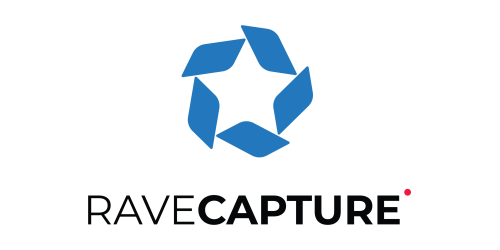
Guide to Multi-Domain (UCC/SAN) Certificates
Samantha ClarkShare
Multi-Domain SSL Certificates, also known as Unified Communications SSL Certificates (UCC) or Subject Alternative Name (SAN) SSL Certificates, provide a powerful solution for organizations managing multiple domains and subdomains.
These specialized SSL Certificates allow businesses to secure numerous domain names using a single SSL Certificate, streamlining security management while maintaining robust encryption standards.
Understanding Multi-Domain SSL Certificates
Multi-Domain SSL Certificates utilize the Subject Alternative Name (SAN) extension to protect multiple Fully Qualified Domain Names (FQDNs) under one SSL Certificate.
This advanced functionality enables organizations to secure various domains, including different top-level domains and subdomains, without the need for individual SSL Certificates for each.
The technology behind Multi-Domain SSL Certificates builds upon the X.509 SSL Certificate standard, incorporating additional fields that specify multiple domain names in the SSL Certificate structure.
This approach offers significant advantages over traditional single-domain SSL Certificates, particularly for organizations managing complex web infrastructures.
These SSL Certificates support up to 250 SANs, depending on the specific SSL Certificate type and Certificate Authority (CA) requirements.
Each SAN entry represents a fully secured domain or subdomain, making them ideal for enterprise-level deployments.
Benefits and Applications
Multi-Domain SSL Certificates deliver substantial cost savings compared to purchasing individual SSL Certificates for each domain.
Organizations can significantly reduce SSL Certificate management overhead while maintaining consistent security across their digital infrastructure.
These SSL Certificates prove particularly valuable for businesses operating multiple related websites, development environments, and testing platforms. They simplify the SSL Certificate renewal process, as administrators only need to manage and update a single SSL Certificate rather than multiple individual SSL Certificates.
Enterprise applications benefit from Multi-Domain SSL Certificates when securing various services like email servers, collaboration tools, and internal applications.
This centralized approach ensures consistent security implementation across all organizational domains.
Implementation Best Practices
Proper implementation of Multi-Domain SSL Certificates begins with careful planning and domain mapping.
Organizations should conduct a thorough audit of all domains and subdomains requiring security, ensuring none are overlooked during the SSL Certificate request process.
When generating a Certificate Signing Request (CSR), administrators must include all intended domains in the SAN field. The primary domain should be listed as the Common Name (CN), while additional domains are added as Subject Alternative Names.
This structure ensures proper SSL Certificate validation across all specified domains.
Regular monitoring and maintenance become crucial aspects of Multi-Domain SSL Certificate management.
Organizations should implement automated monitoring systems to track SSL Certificate expiration dates and domain validity, preventing unexpected SSL Certificate-related service disruptions.
Technical Considerations
Multi-Domain SSL Certificates support various encryption levels, including 256-bit encryption and SHA-256 hashing algorithms.
These robust security measures ensure compliance with modern browser security requirements and industry standards.
SSL Certificate compatibility remains excellent across all major web browsers and operating systems. However, administrators should verify specific browser requirements when implementing these SSL Certificates, particularly for legacy systems or specialized applications.
Organizations must maintain accurate DNS records for all domains included in the SSL Certificate.
Proper DNS configuration ensures smooth SSL Certificate validation and helps prevent security warnings or connection issues for end users.
Troubleshooting and Maintenance
Common challenges with Multi-Domain SSL Certificates often relate to domain validation and SSL Certificate installation.
Organizations should maintain detailed documentation of all secured domains and implement regular validation checks to ensure continued SSL Certificate effectiveness.
SSL Certificate renewal procedures require careful attention to maintain security continuity.
Trustico® recommends initiating renewal processes at least 30 days before expiration, allowing adequate time for validation and installation of the new SSL Certificate.
Regular security audits help identify potential vulnerabilities or configuration issues. Organizations should establish clear protocols for adding or removing domains from their Multi-Domain SSL Certificates, ensuring proper security coverage throughout their digital infrastructure.



